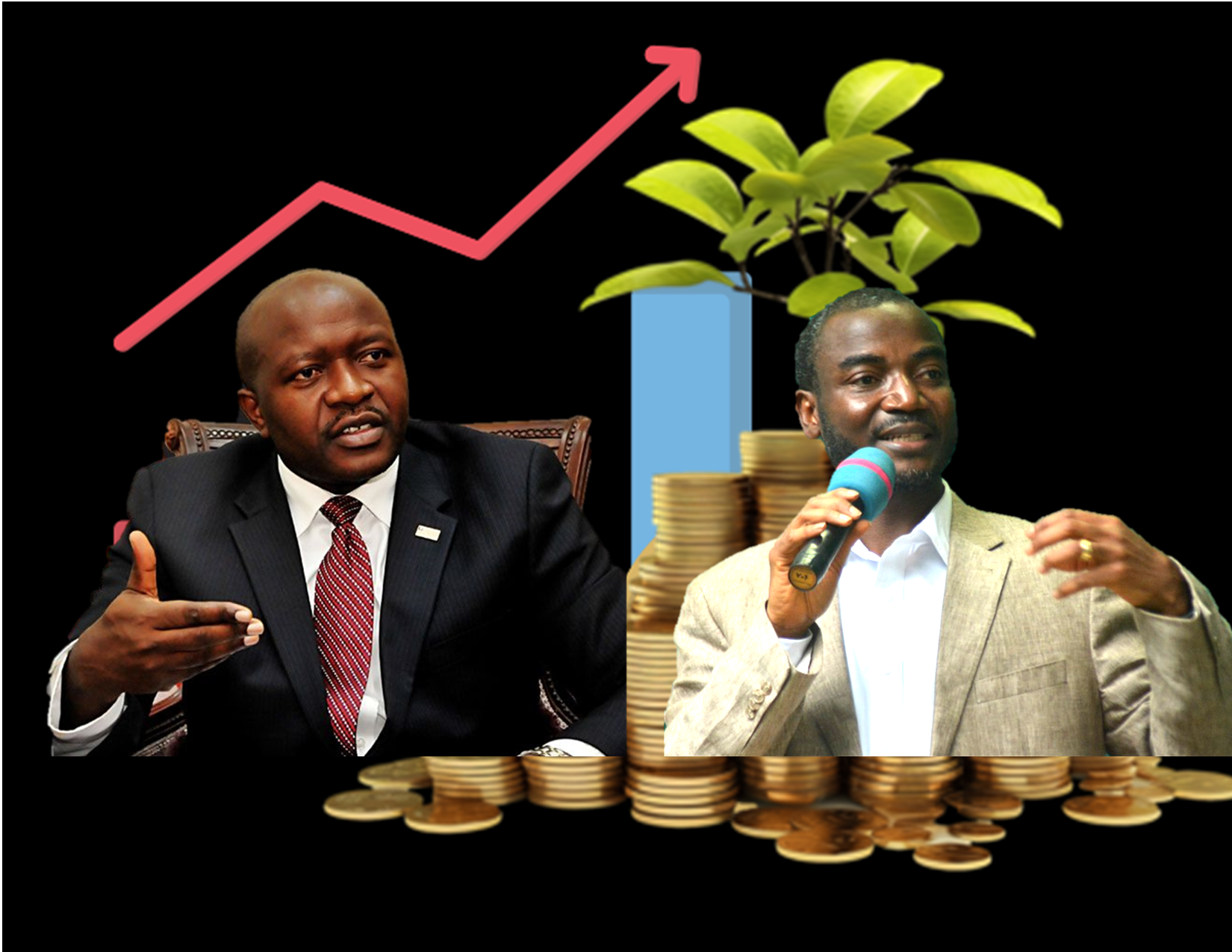By Joshua P. Weahgar
Budgetary Analysis: FY2025 vs. FY2024
FY2024 Budget Overview
- Total Budget: Initially submitted at USD 625.57 million, later revised to USD 738.9 million.
- Revenue Sources: Predominantly domestic revenue (99.6%), with a small portion from external resources (0.39%).
- Expenditure Breakdown:
- Recurrent Expenditure: USD 594.54 million (95%)
- Public Sector Investment Projects (PSIP): USD 31.03 million (5%)
- Key Allocations: Focus on obligatory expenditure categories like debt service, compensation for employees, grants, and expenditures related to education and health sectors.
FY2025 Budget Overview
- Total Budget: USD 851.8 million, representing a 15.3% increase over the FY2024 budget.
- Revenue Sources: Domestic revenue constitutes 93% of the total revenue, with tax revenue accounting for 80% of domestic revenue.
- Expenditure Breakdown:
- Infrastructure Investment: USD 52.9 million for road rehabilitation and construction of bailey bridges.
- External Resources: USD 60 million from the World Bank and the European Union.
- Economic Growth Projection: 5.8% growth in 2025, driven by sectors like mining, manufacturing, agriculture, and services.
Comparison and Benefits
- Increased Budget: The FY2025 budget shows a significant increase in total allocation, which can lead to more comprehensive development projects and improved public services.
- Focus on Infrastructure: The substantial allocation for infrastructure development can enhance connectivity, reduce transportation costs, and stimulate economic activities.
- External Resources: The increase in external resources can provide additional funding for critical projects and reduce the financial burden on domestic revenue.
- Economic Growth: The projected economic growth indicates a positive outlook for job creation and improved living standards.
The increase in the FY2025 budget can be attributed to several key factors:
- Developmental Priorities: The budget aligns with the government’s ARREST Agenda for Inclusive Development (AAID), which focuses on areas such as infrastructure, education, health, and economic growth.
- Debt Service: Addressing debt obligations is a significant component, ensuring that the government can meet its financial commitments.
- Economic Growth: The budget aims to stimulate economic growth by investing in critical sectors like mining, manufacturing, agriculture, and services.
- Public Sector Investment: Increased funding for public sector projects, including road rehabilitation and construction of bailey bridges, is intended to improve connectivity and support economic activities.
- Revenue Reforms: Proposed tax reforms and efforts to enhance revenue collection are designed to increase domestic revenue and reduce dependency on external funding.
These factors collectively contribute to the substantial increase in the FY2025 budget, reflecting the government’s commitment to addressing critical needs and advancing national development priorities.
The stagnation of the FY2024 budget can be attributed to several factors:
- Economic Challenges: Liberia faced economic challenges, including a drop in national revenue by USD 157 million. This reduction in revenue impacted the overall budget planning and allocation1.
- Election Distractions: The competitive 2023 Presidential and Legislative elections created distractions and delays in the budget submission process.
- Debt Burden: The mounting national debt and the need to allocate a significant portion of the budget to obligatory expenditures, such as debt service and compensation for employees, limited the funds available for new initiatives.
- Revised Budget: The initial budget submission was revised multiple times, leading to delays and adjustments in the final approved budget.
These factors collectively contributed to the stagnation and challenges faced during the FY2024 budget planning and approval process.
Overall, the FY2025 budget appears to offer better prospects for Liberia’s development compared to the FY2024 budget, with a focus on infrastructure, increased revenue, and economic growth.



